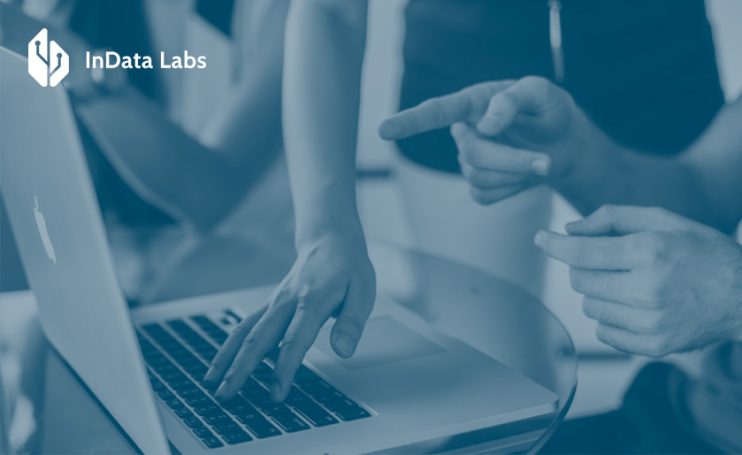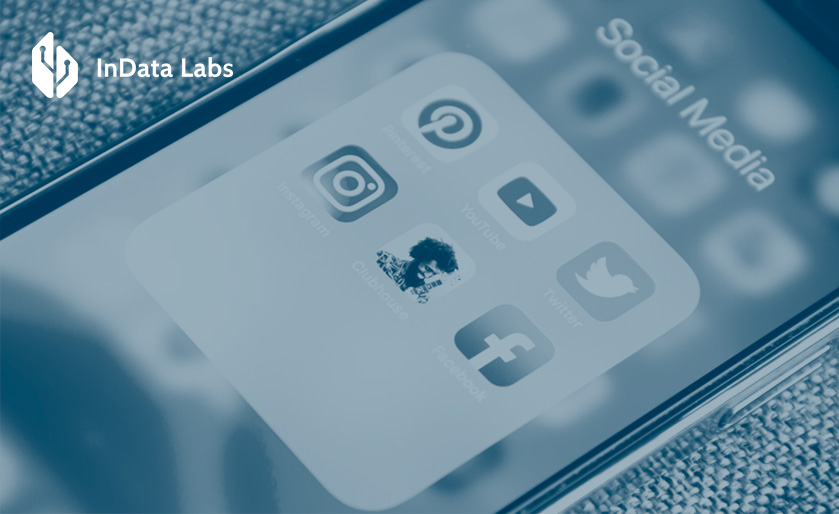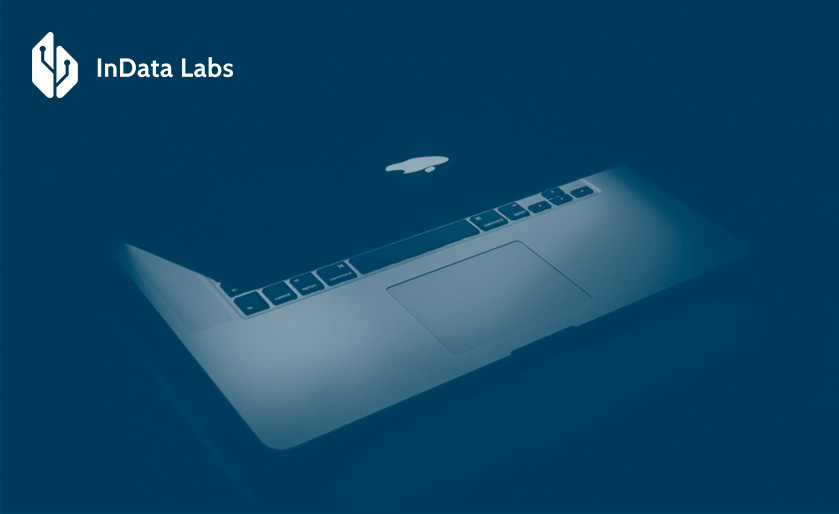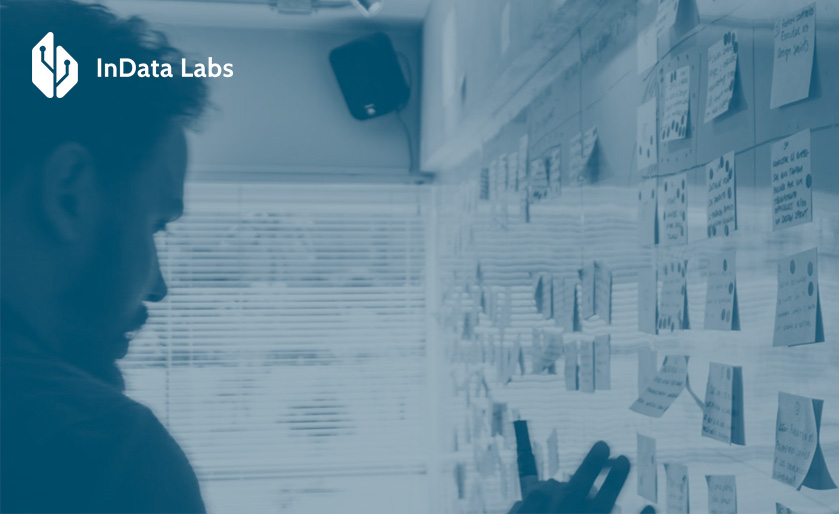The global digital advertising market stands at $602 billion in 2022, with media ads taking up over 66% of the total costs. Ad spend optimization is what helps make every dollar count and identify high-value channels for companies.
However, it’s hardly possible to manually wade through the variety of marketing channels and touchpoints to model the high-grossing strategy. The sheer volume of data would render any manual analytical initiatives futile. That’s why organizations employ AI for digital marketing and marketing spend optimization.
In this blog post, we’ll look into the potential of AI for advertising and real-world applications of automated marketing.
What is ad campaign optimization?
Ad campaign optimization is the process of optimizing an advertising campaign to improve its effectiveness and marketing spending. This can be done by improving the ad creative, targeting the right audience, or playing with different ad strategies. It can also include things like testing different ad copy and experimenting with different bidding strategies and keywords.
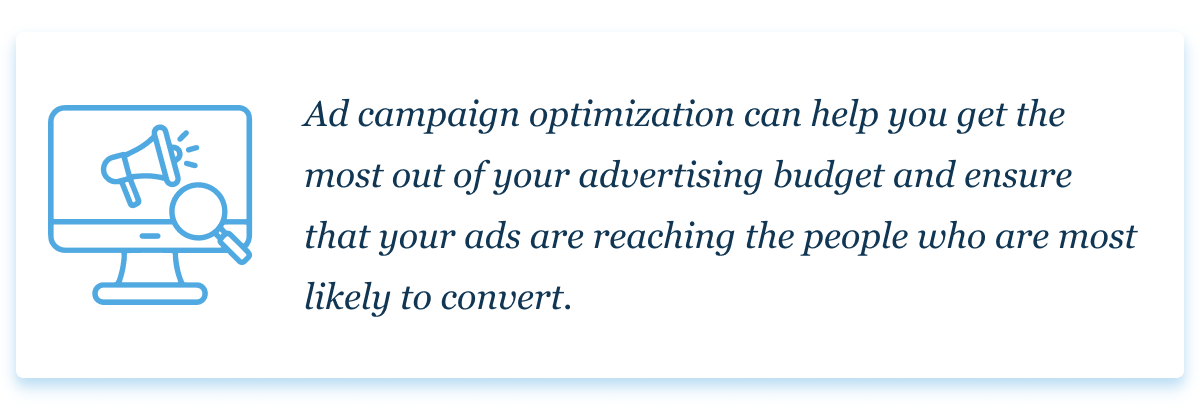
There are many different factors that go into optimizing marketing spending, but the ultimate goal is always the same. Informed advertising helps improve the performance of the campaign, get more leads, sales, or whatever other desired outcome.
The challenge of optimizing ad spend
Effective marketing spend optimization is directly linked with excelling at an omnichannel brand strategy. Omnichannel customer service allows advertisers to quickly adjust their campaigns at scale without losing any insights or purchase points.
However, going cross-channel implies the added challenge of data management, synchronization, and analysis. And without getting these building blocks right, it’s impossible to optimize advertising spending.
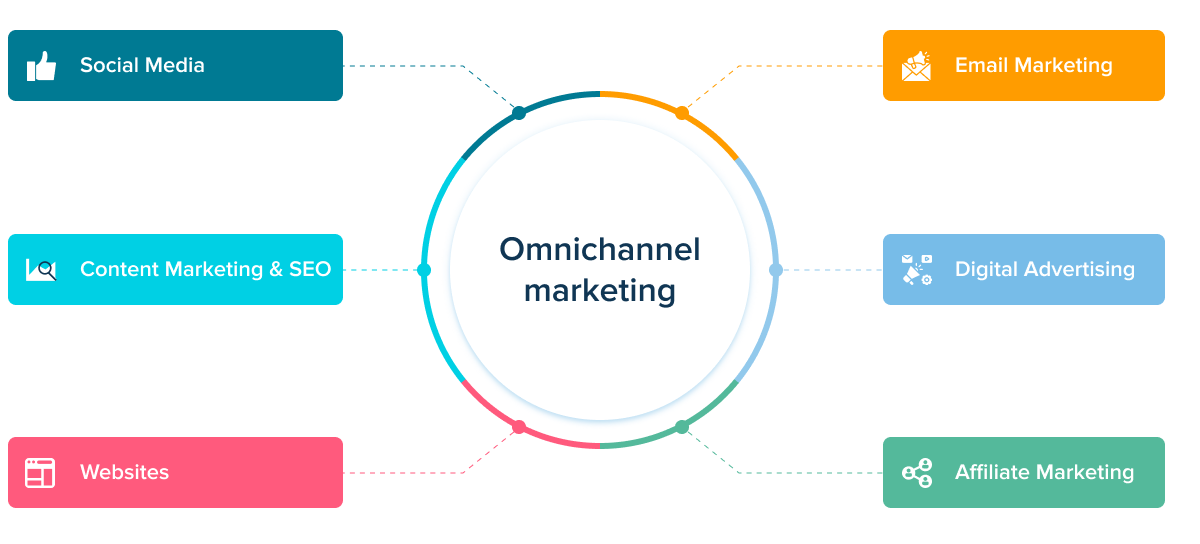
Increasing volumes of data
Making sense of ever-growing datasets has become a daily struggle for digital marketers. The larger the number of channels is, the more first-party data companies have. Demographics, ad performance, sales reports, and behavioral data are just a sliver of all knowledge you need to obtain.
To find patterns, marketers have to cut through all data sets and identify high-grossing strategies. Yet, 26% of CMOs consider marketing data and analytics as a top-three capability gap.
Customer segmentation
Keeping segments precise and selecting the right selection criteria are also among the main challenges of effective marketing. Accurate segmentation results in more personalized ad serving. This, in turn, leads to a higher click-through rate and higher return on ad spend.

Source: Unsplash
A variety of channels
Over the last few years, the number of online paid ads channels has reached its peak. Facebook ads, Google ads, and other advertising meccas have significantly expanded the toolsets of sales teams.
However, this creates a new problem: keeping track of numerous metrics across multiple ad campaigns, tools, and platforms. The back-and-forth of omnichannel monitoring also leads to a fragmented image of advertising performance.

Source: Unsplash
AI and advertising: the two giants meet
The vast potential of ML solutions has blossomed in multiple industries – from healthcare to manufacturing. Marketing is no exception. By 2030, the global AI in the marketing market is poised to surpass $48.8 billion. Customer-centric strategies, cutthroat competition, and shrinking marketing budgets drive the greater adoption of AI-enabled automation.
As for using AI in advertising, computer intelligence helps consolidate, analyze, and optimize campaigns across channels. In short, AI for advertising does what it excels at – making sense of multiple data points.
How AI is changing advertising
Smart systems can help you automate and personalize your marketing efforts, making it easier to reach your target audience. They can also help you gather insights about your customers and make better, more informed decisions about your marketing campaigns.
Let’s have a closer look at other game-changing benefits of using AI in advertising.
Personalized offering
The more targeted you can be with your ads, the more likely they are to succeed. The more personal information you gather about your customers and potential leads, the better you can tailor your messaging and ad content to suit them specifically.
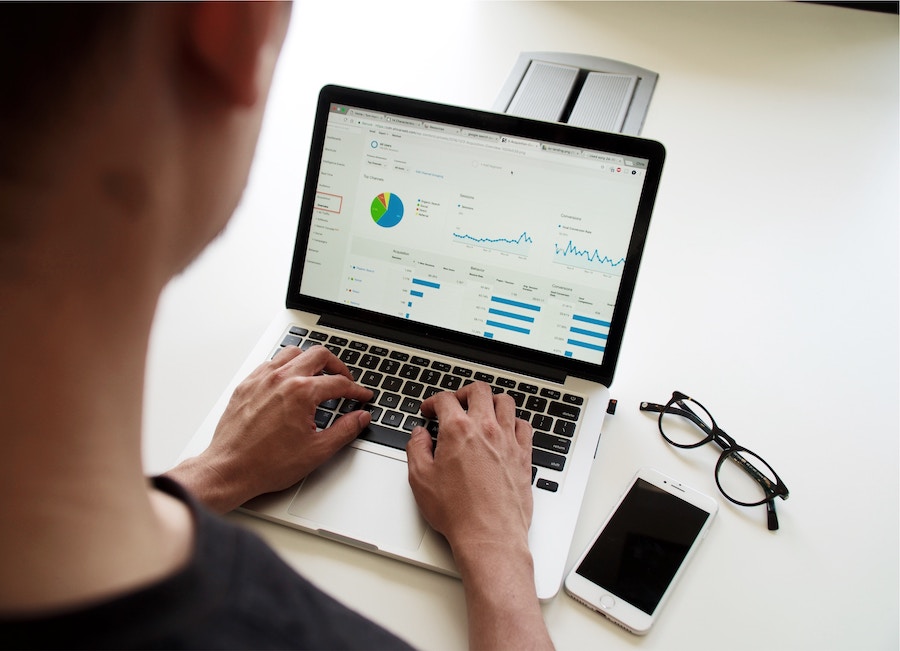
Source: Unsplash

Predictable results
The estimated ROI of a marketing campaign is a combination of formulas and guesswork based on previous experience. The challenge becomes even greater if you need to factor in the time period.
Over 50% of marketers aren’t confident about the success of their marketing activities. An intelligent algorithm, however, can do the complex math for you and estimate overall revenue based on goal revenue and advertising budget.

Automation
The average marketing spend increased from 6.4% in 2021 to 9.5% of company revenue across almost all industries in 2022, according to Gartner’s annual CMO Spend and Strategy Survey. Yet, to stay within the boundaries of their budgets, sales teams strive to streamline low-value tasks and focus on mission-critical ones.
Thus, instead of manually launching each campaign, algorithms help orchestrate all marketing efforts and push data into ad channels via APIs. Marketers can scale the number of campaigns and journeys they create without much effort.
Although all these benefits are equally important, automated marketing spend optimization is undoubtedly the most groundbreaking.

Source: Unsplash
Using AI in advertising to optimize ad spend
If you’ve ever used Google AdWords, then you know the drill of managing and optimizing your marketing spending. You have to constantly monitor your campaigns and make adjustments as necessary.
Fortunately, artificial intelligence can help with this. Using AI, marketers can automate the process of making changes to their campaigns based on performance data. They don’t need to be experts in SEO or PPC to optimize ads — they just need to know how to set up an automated campaign that uses AI algorithms to optimize and automate app ad spend on their behalf.
Here’s a step-by-step flow of how an AI engine can optimize your marketing spend. We’ll dab into the process based on popular smart marketing tools.
Step 1: Performance audit
First, the system looks deep into your existing ad campaigns and fetches all data associated with campaign performance. An audit is important to let the engine know about the key features of your business, keywords, and customer data. The results of the audit are presented in a dynamic dashboard with metrics.

Source: Unsplash
The engine also gathers unique ad descriptors related to current and past campaigns to suggest relevant recommendations in the future. As a result, all performance data is conveniently analyzed and packed within a single interface. At this stage, the user can already see the highest- and low-performing initiatives.
Step 2: Forecast generation
With all the data on hand, a smart engine can generate a prediction regarding the ROI of the upcoming campaigns. This is where users can already optimize marketing spend. The system generates a forecast based on historical data and input variables, including period, overall goal revenue, and overall budget.
The algorithm analyzes the short-term performance of the ad and historical patterns to forecast the best use of the budget. As a result, a user can plan a predictable initiative that is likely to yield the expected outcome.
Step 3: Automated campaign launch and management
Finally, the user can automatically dispatch the AI-generated campaigns to multiple channels within one interface. The intelligent engine performs initial budget allocation according to the algorithm and sends it for the user’s validation. Moreover, the system automatically adjusts budgets allocated across campaigns based on their performance.
Beyond budget optimization, AI and advertising join forces in other areas of granular marketing.
Intelligent ad serving: top applications
Advertisers could reach over 1.400 billion users on Instagram alone in July 2022. With the stakes so high, businesses have no margin for error. To whip their promoting into shape, advertising flock to intelligent campaign curation powered by machine learning.
Let’s see how AI is changing advertising beyond the realm of budget allocation.
Predictive bidding
Predictive bidding is a type of automated bidding in online advertising that uses artificial intelligence to predict how likely it is that a user will take the desired action, such as clicking on an ad.
Predictive bidding can be used in Google AdWords and other online advertising platforms to improve ad performance and ROI. It takes an algorithm mere seconds to select a relevant ad, calculate all variables, and place the right bid.
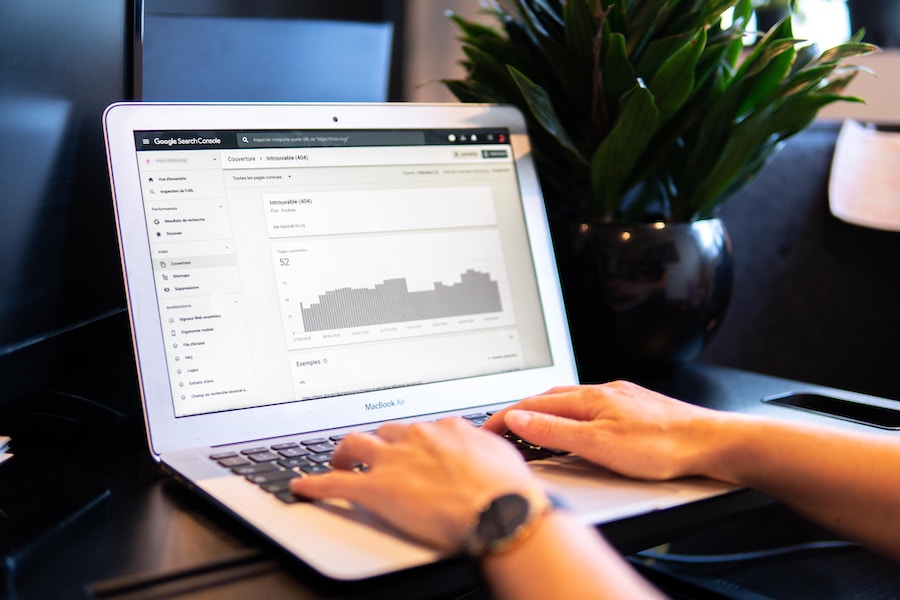
Source: Unsplash
This technique accurately forecasts each customer’s engagement, conversion, and average order value, and bids the optimal price for each ad inventory to reach them. It means that you can also allocate your budget based on each shopper’s worth to you.
Dynamic creative optimization
Dynamic creative optimization or DCO is an advertising technique that allows businesses to automatically generate different iterations of a given ad, each with its individualized message, to test which variable is the most effective.
Creative optimization is important because it allows businesses to save time and resources by not having to manually create and test different versions of an ad. Also, DCO can help businesses to better understand what messages and images are most effective at driving conversions.
This application became possible thanks to AI-targeted advertising that adapts creatives content-wise to click with the given user. The algorithms comb through a wide range of data signals, including customer journeys, demographics, and personas. Then, machine learning algorithms look into the intent at various touch points to deliver the right message on the right channel – in real-time, and at scale.
Google, for example, leverages your website content to generate Dynamic Search Ad headlines and landing pages. These are produced based on the search intent of the user and with text based on a company’s relevant landing page. The ad goes in for the auction and competes normally. This way, businesses can target a larger audience without the burden of manually adjusting existing keyword campaigns.

Conversational ad banners
Conversational marketing has been there for a while, reaching a global market value of $5.78 billion in 2020. By 2030, it is expected to increase to $32.62 billion. It is among the latest byproducts of AI and advertising that injects automated conversations into online advertising campaigns and encourages the target user to perform a set of actions through a real-time customized journey.
According to statistics, conversational banners yield an average of 4.6% CTR. This accounts for an impressive 1214.29% increase in engagement with your ads. These AI-powered ads also allow for a one-to-one with the customer and foster customer loyalty.
Conversational advertising combines artificial intelligence and natural language processing to make banner ads more personal-looking. On the face of it, conversational banners look almost the same as a traditional CTA like Let’s Chat. However, they are more interactive and allow customers to engage on the ad platform.
Audience targeting
AI-powered targeting and retargeting is another lever that helps optimize and automate app ad spend as well as engage and re-engage customers. It relies on artificial intelligence to target and re-target ads to consumers.
This type of marketing can be used to reach a larger audience with more relevant ads, and it can also be used to target ads to specific consumers based on their behavior, demographic, and interests.
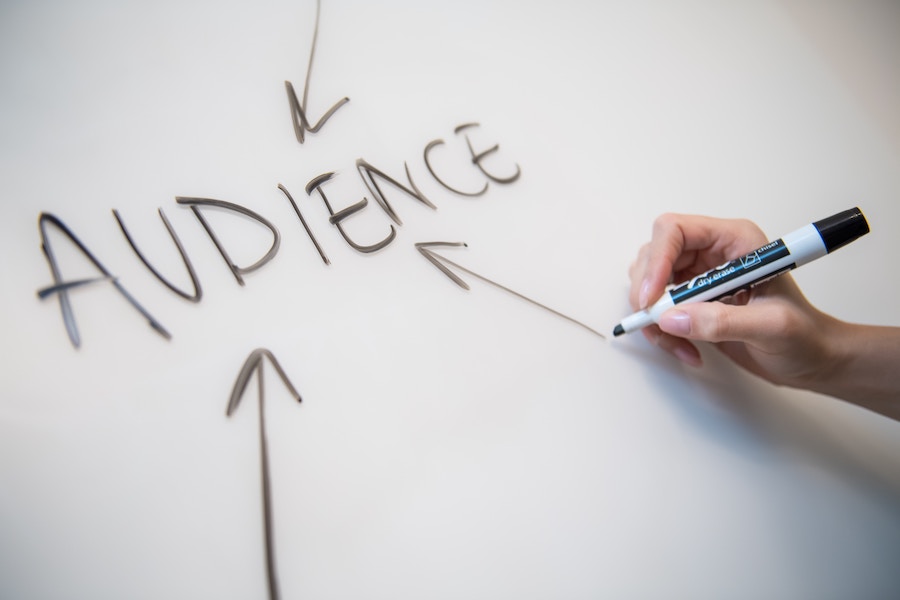
Source: Unsplash
How does AI targeting work?
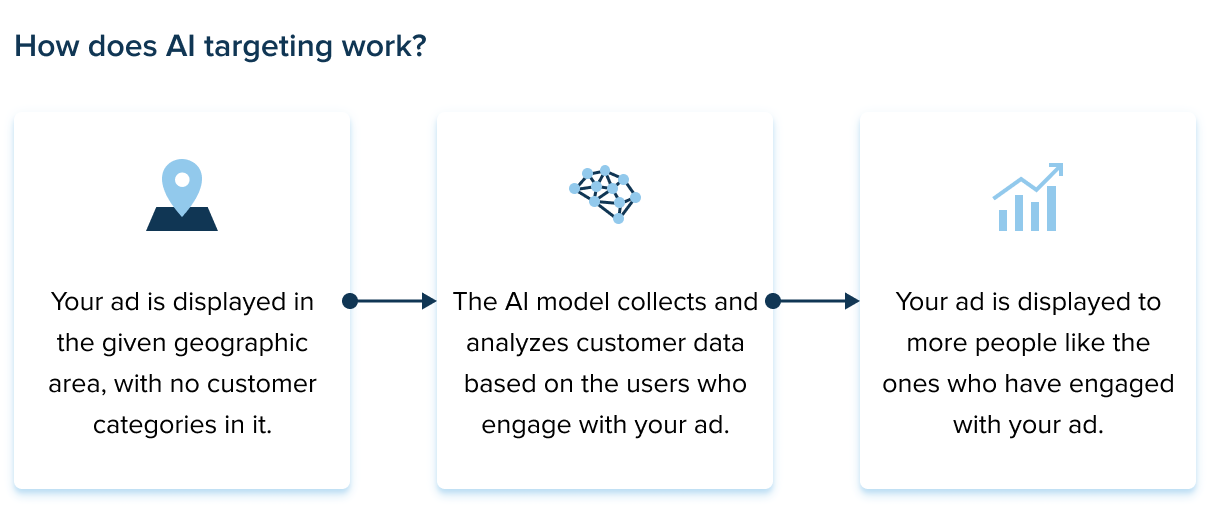
At its core, smart targeting employs advanced intent prediction models. These allow for precision targeting of high-value customers and re-engaging past customers and visitors. AI algorithms and data science techniques also decipher behavior patterns and offer potential customers relevant items for purchase.
World-known AI advertising examples
While most companies are still reluctant to pass the buck to artificial intelligence, top-list giants have already grabbed this low-hanging fruit. Here are two global behemoths using AI in advertising.
Meta
Meta’s company’s entire business model runs on advertising, majorly through the Facebook and Instagram platforms. In 2021, the company made over $33,000 million with a 13% year-over-year increase in ad impressions. Given the magnitude and geographic coverage, it’s impossible for Meta to manually connect users and ads.
With machine learning, Meta delivers relevant AI-powered ads fast and at scale. The ad algorithms automatically analyze such information as the business objectives of an advertiser and the users’ behavior to find a perfect customer likely to convert.
Another trendsetter, Google is also a prominent AI advertising example. The company offers businesses responsive ads that adjust automatically to meet customers’ demands with no manual input.
An advertiser needs to provide multiple headlines and description options to allow Google Ads to show the most relevant combinations to the target audience. Headlines and descriptions can be tailored to match customers’ locations and interests. According to Google, companies that make use of responsive search ads get up to 15% more clicks.
Challenges of intelligent ad creation
While AI-driven marketing holds great promise for revenue growth due to optimized marketing spend, AI adoption in the field comes with some inherent caveats.
Training data quality
AI-powered targeting and retargeting is another lever that helps optimize and automate app ad spend as well as engage and re-engage customers. It relies on artificial intelligence to target and re-target ads to consumers.
This type of marketing can be used to reach a larger audience with more relevant ads, and it can also be used to target ads to specific consumers based on their behavior, demographic, and interests.
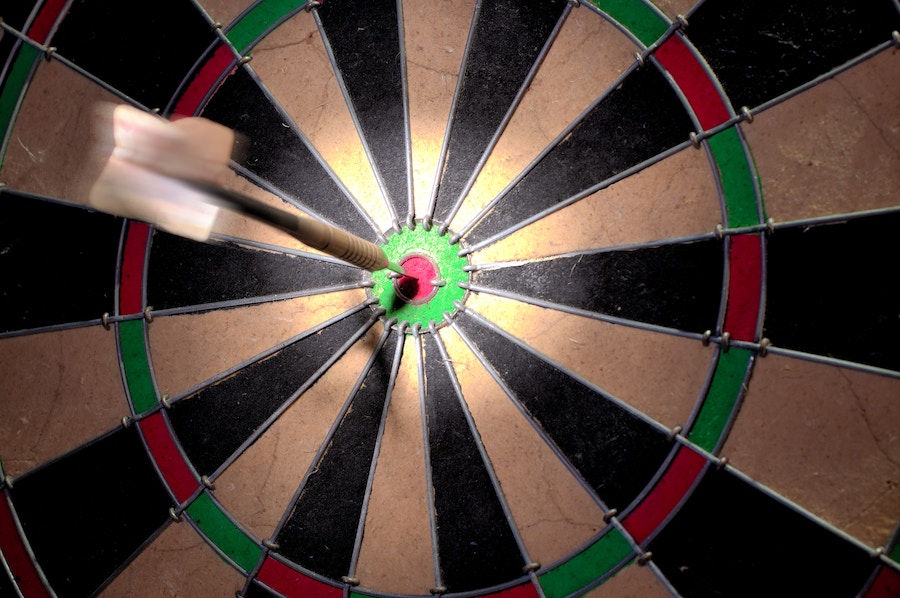
Source: Unsplash
Privacy
As AI applications thrive on personal data, advertisers must be aware of the potential risks associated with data leaks and breaches. Therefore, marketing teams need to implement robust data security measures in compliance with standards such as GDPR or any other local regulations.
Some companies may also be subject to data residency laws that restrict data storage to local services. In this case, organizations should opt for custom on-site AI marketing tools.
Deployment best practices
As AI-targeted advertising has entered the toolbox only a few years ago, smart tools can become hit-and-miss unless done wisely. Therefore, every marketing team should consider the long-term effect of AI advertising and find its way around the optimal automation strategy. The rule of thumb applicable to the majority of AI investments includes calculating both hard and soft ROI of smart adoption.

Source: Unsplash
In other words, the benefits of your marketing automation should overweigh the costs. Soft returns would be better customer experience and increased agility of automation.
Taking ad personalization to the next level
Digital advertising has always posed challenges to companies due to the miscellany of advertising channels and multiple customer categories. Most of the time, businesses throw larger budgets at paid media but see shrinking returns as a result of inefficient ad personalization and wrong targeting.
AI for advertising allows companies to make the most of their marketing budgets by applying advanced data models, powerful algorithms, and machine learning to discover actionable consumer insights. The insights, in turn, can power a wide range of marketing techniques – from dynamic creative optimization to predictive bidding.
Personalize your marketing initiatives and ads with AI
Looking for a way to re-engage your customers and personalize offers? Contact us to implement AI into your marketing strategy.
